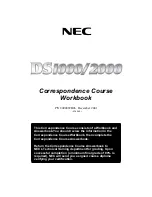
112
Usage guidelines:
All about performance and safety
Getting the Most Out of Your Reception
The quality of each call you make or receive depends on the signal strength in
your area. Your phone informs you of the current signal strength by displaying
a number of bars next to the signal strength icon. The more bars displayed, the
stronger the signal.
If you’re inside a building, being near a window may give you better reception.
Understanding the Power Save Feature
If your phone is unable to find a signal after 15 minutes of searching, a Power
Save feature is automatically activated. If your phone is active, it periodically
rechecks service availability or you can check it yourself by pressing any key.
Anytime the Power Save feature is activated, a message displays on the screen.
When a signal is found, your phone returns to standby mode.
Understanding How Your Phone Operates
Your phone is basically a radio transmitter and receiver. When it’s turned on, it
receives and transmits radio frequency (RF) signals. When you use your
phone, the system handling your call controls the power level. This power can
range from 0.006 watts to 0.2 watts in digital mode.
Knowing Radio Frequency Safety
The design of your phone complies with updated NCRP standards described
below.
In 1991-92, the Institute of Electrical and Electronics Engineers (IEEE) and the
American National Standards Institute (ANSI) joined in updating ANSI’s 1982
standard for safety levels with respect to human exposure to RF signals. More
than 120 scientists, engineers and physicians from universities, government
health agencies and industries developed this updated standard after reviewing
the available body of research. In 1993, the Federal Communications
a310verizon6-17-2.book Page 112 Tuesday, June 18, 2002 4:32 PM
















































